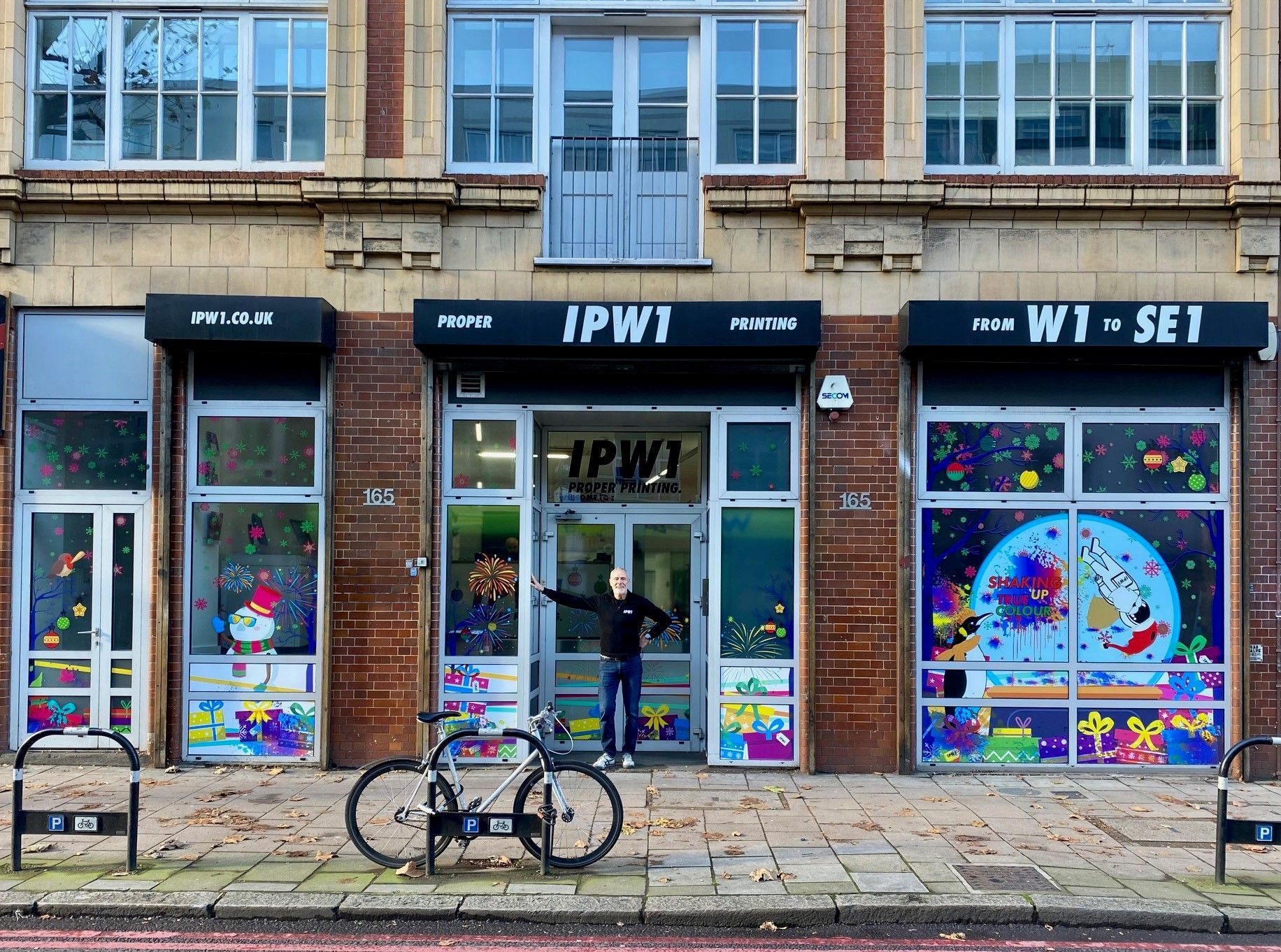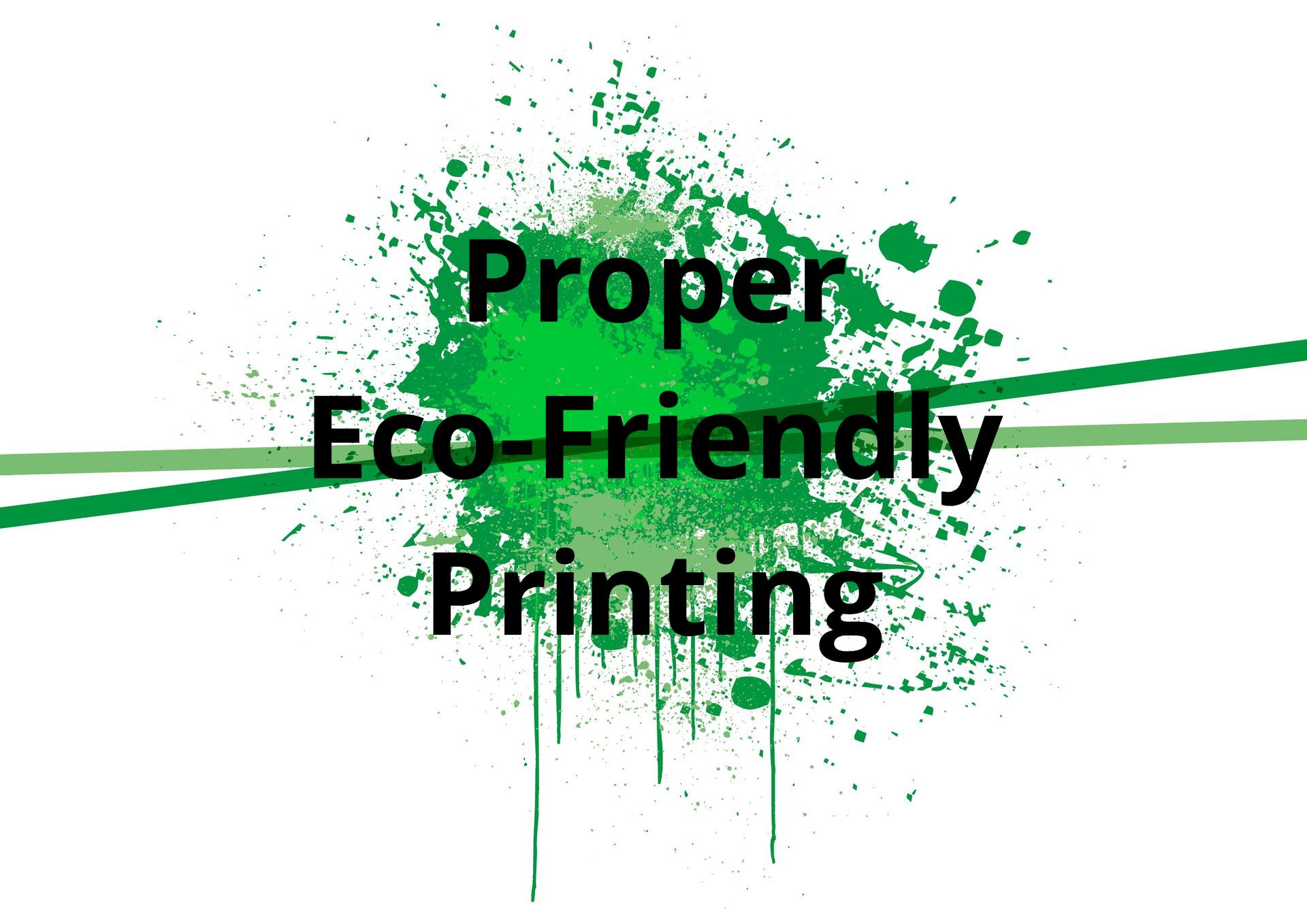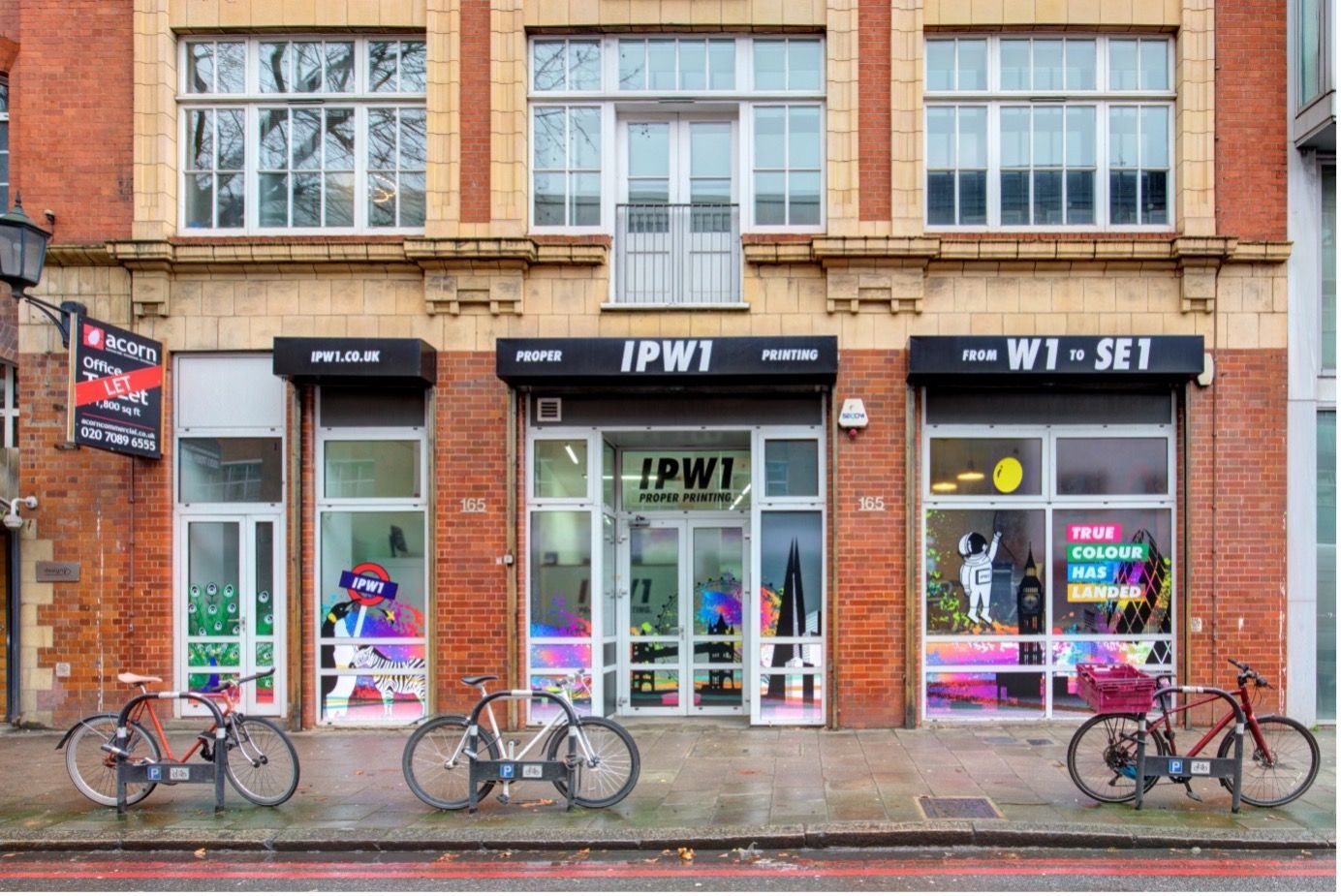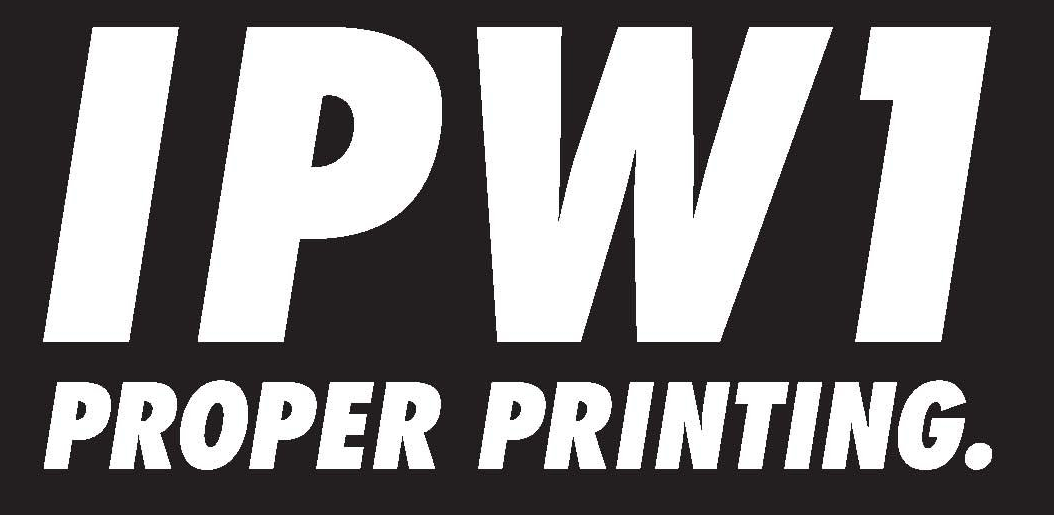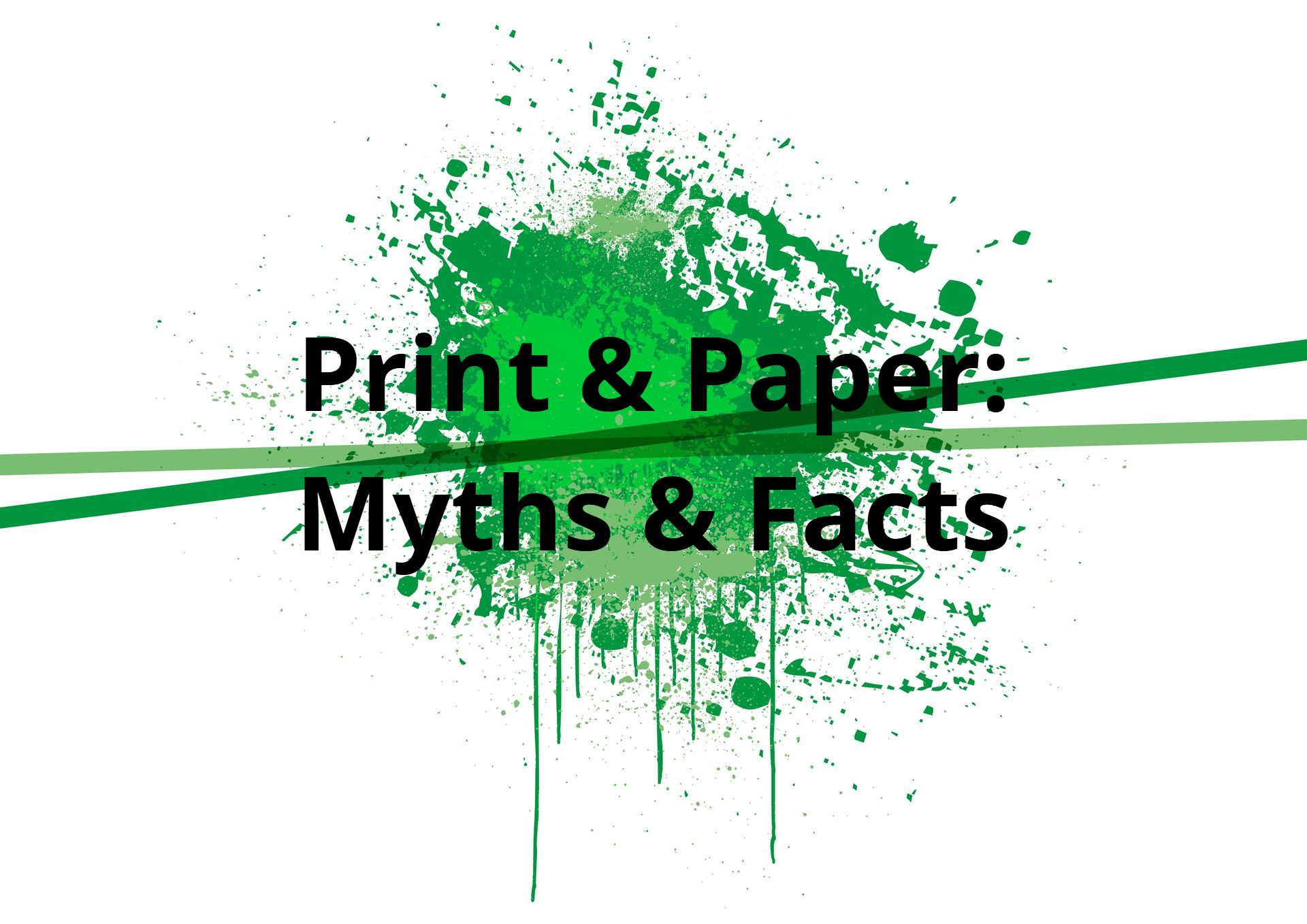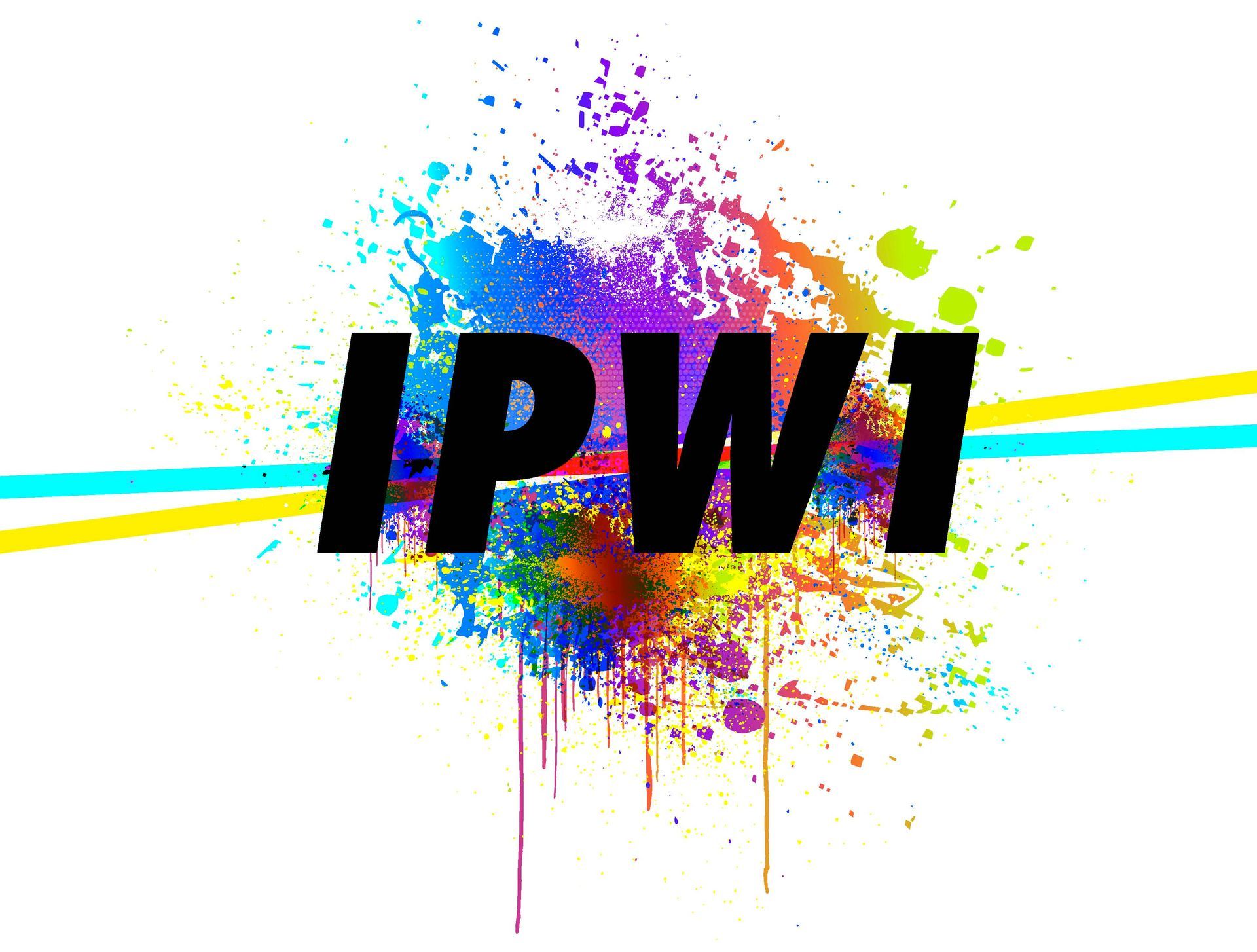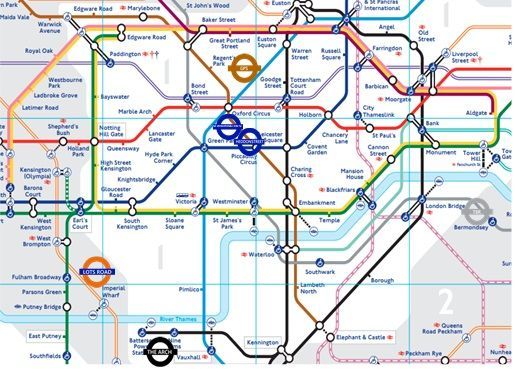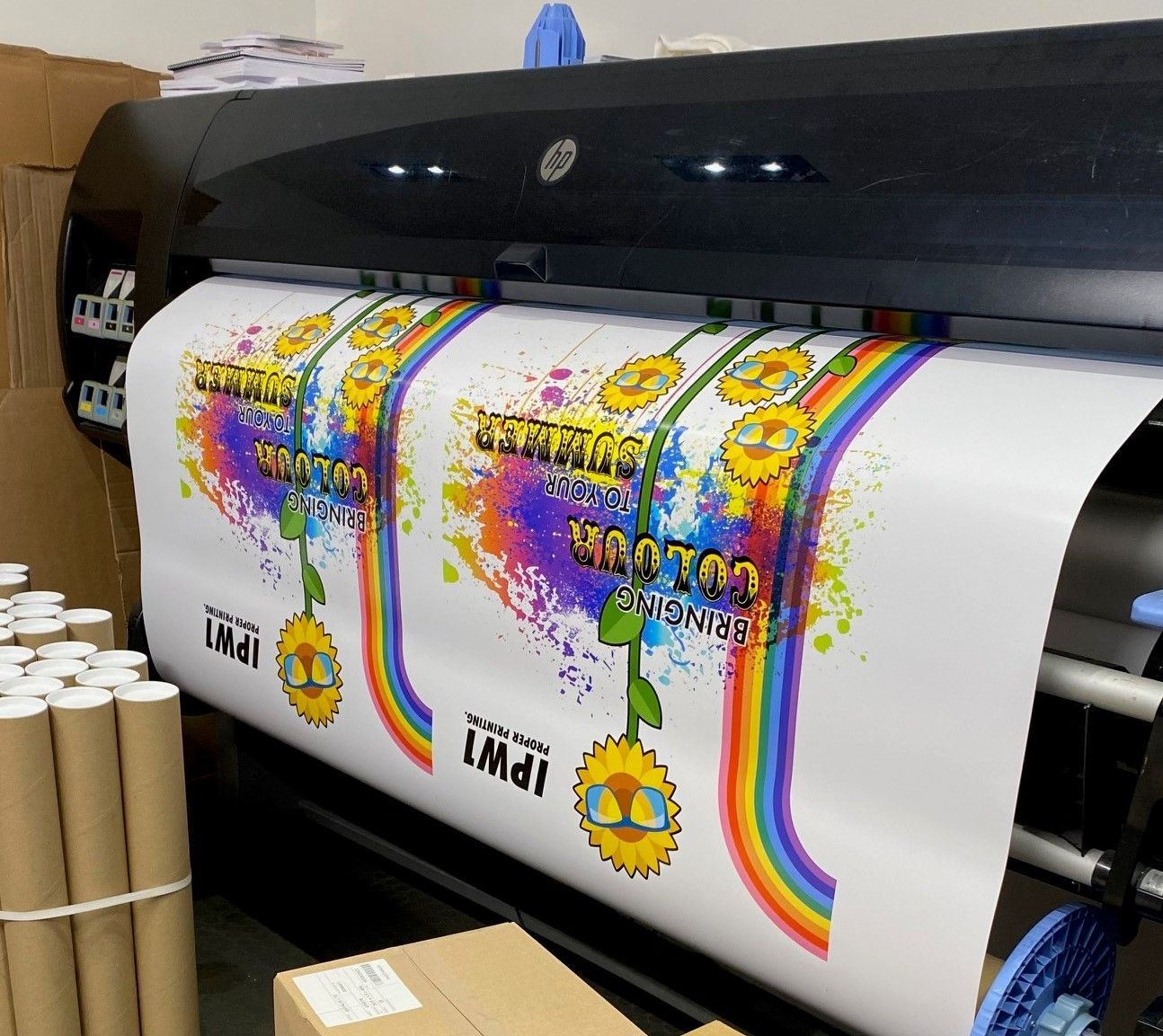Find the best print methods now...
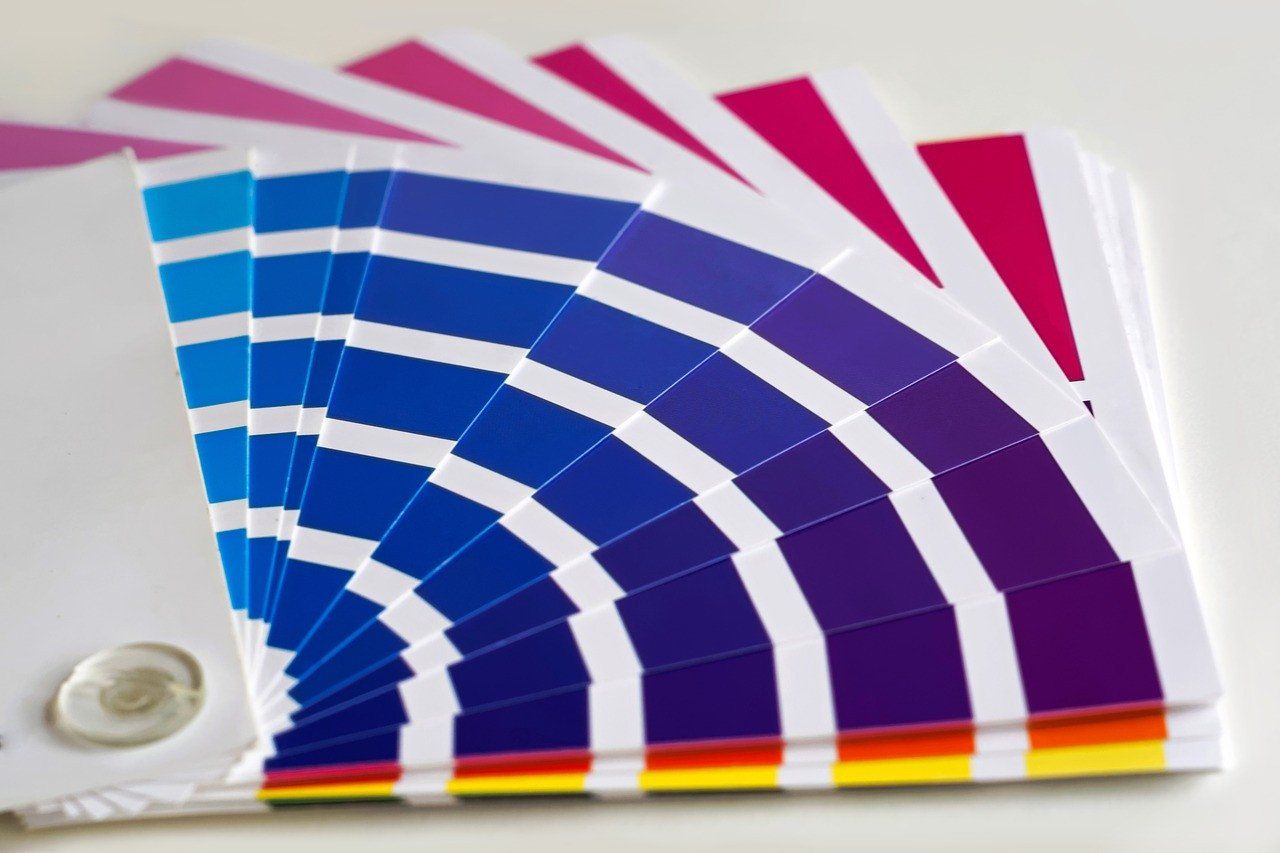
All businesses require some form of printing from time to time, but is digital printing right for your brand? With so many advances in technology, there are a multitude of options when it comes to state-of-the-art printing.
However, all methods of printing differ, so it’s important to find the right one for your organisation. With issues of speed, colour clarity, cost effectiveness and finish at stake, choosing the right type of printing can have a significant impact on your commercial success.
To help you decide if digital printing is the right choice for your firm, we’ve gathered together all the information you need. By learning a little more about digital printing and what it offers, you’ll be able to determine whether it provides the convenience and results you’re after.
What is Digital Printing?
Digital prints rely on advanced technology to tell the printer exactly where to place and deposit ink. When an image is created digitally, the pixels can be transformed into a formulae and numbers. An inkjet printer uses tiny droplets of ink to recreate the image on the substrate in accordance with the image formula. Alternatively, a toner-based printer recreates a digital image using plastic-based powder. The dots produced using toner are even smaller than those delivered via an inkjet printer and are dry to the touch, which makes it an ideal option for very detailed images.
Once a revolutionary form of printing, digital prints are now commonplace. However, the accuracy, detail and vibrancy achieved on a professional digital printer far exceeds the qualities that are achievable using standard printers.
Furthermore, professional-grade or industrial digital printers offer a much larger printing surface. This ensures large format digital prints can be created easily, without the need to physically join pieces of an image together following printing.
In addition to this, professional digital printers can print on to a variety of substrates. While standard inkjet or toner-based printers can only usually print onto paper, an industrial digital printer can easily print onto paper, card, glass reinforced epoxy (FR-4 board), foil board, smooth banners, PVC and much, much more.
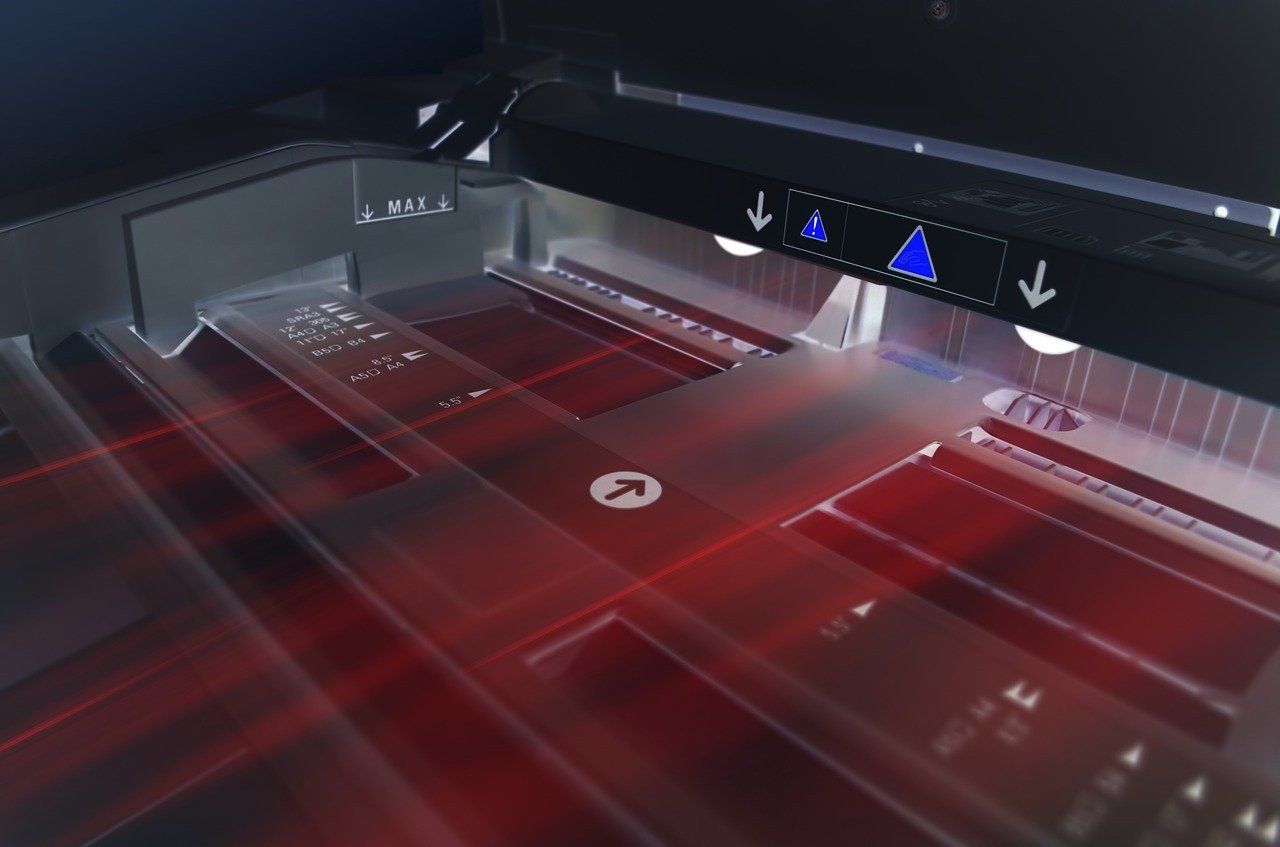
What are the Benefits of Digital Printing?
Now you know what digital printing is, you need to know what advantages it offers to determine if it’s right for your needs. There are a number of benefits associated with this type of printing, including:
Speed
When you need your prints in a hurry, digital printing is always going to be your best bet. Unlike other forms of printing, there is no pre-print setup needed, which greatly reduces print and production times. With information being sent directly from the computer to the printer, there’s no delay in getting your prints onto your chosen substrate and into your hands.
Personalisation
Personalised marketing is becoming increasingly popular, partly because of the high ROI it offers. Many people assume that personalised marketing can only occur online, but this isn’t the case. As each digital image can be varied prior to printing, personalised offline marketing is more accessible than ever before. If you want to add personalised information to a direct mail campaign, for example, digital prints are exactly what you’re looking for.
Short-to-Medium Runs
With no pre-print setup, the low-cost nature of digital printing means it’s a viable option for short runs, as well as bigger orders. Whether you need one, 100 or 1,000 copies of your artwork, digital print methods can be used to deliver exceptional quality in a rapid turnaround time.
Low Cost
No matter what type of printing you choose, the cost matters. If you’re printing marketing materials, for example, the income generated needs to exceed the cost of running the campaign. Fortunately, digital prints are extremely affordable, which means they’re a viable option for entrepreneurs, sole traders or multinational corporations.
Colour Matching
When using digital print methods, the colours printed onto your substrate are carefully matched to the colour you see on the screen. This gives you complete control over the final product and ensures your prints perfectly replicate your imagery. While alternative forms of printing are used to replicate Pantone colours, the versatility of digital printing ensures almost any colour can be accurately recreated onto your substrate.
High Quality
Despite being low-cost, digital prints are exceptionally high quality. As the details are sent directly from the digital image to the printer, there’s no room for error. Furthermore, the minuscule dots used via inkjet or toner-based printing means the smallest detail can be accurately replicated during the printing process.
Eco Friendly
Compared to some other printing methods, digital prints are an extremely environmentally friendly option. While other types of printing require chemicals, films and plates, digital prints rely solely on the computer-based image, ink and the substrate of your choice. With an increasing number of companies under pressure to enhance their green credentials, digital printing offers an effective way to boost your eco friendly attributes without incurring any additional costs.
When to Use Digital Prints
The versatility of digital prints means they can be used for almost any purposes. While they are most cost-effective for short-to-medium size runs, there are very few limitations when it comes to the suitability of digital prints. Many people choose this form of printing for:
- Business stationery
- Posters
- Invitations
- Menus
- Flyers
- Retail signage
- Product labels
- Large format printing
- Brochures
With so many options available, it’s easy to see why digital prints are so popular. Whether you’re creating bespoke artwork, or you need a mid-size run of flyers for your latest marketing campaign, digital printing offers the convenience and versatility you need.
Contact IPW1 Today
At IPW1, we’re always on hand to answer any questions you have. If you want to learn more about digital print methods or discuss an upcoming project, get in touch with our team today. Call IPW1 now on 020 7437 3200 or email us at hello@ipw1.co.uk to find out more.
